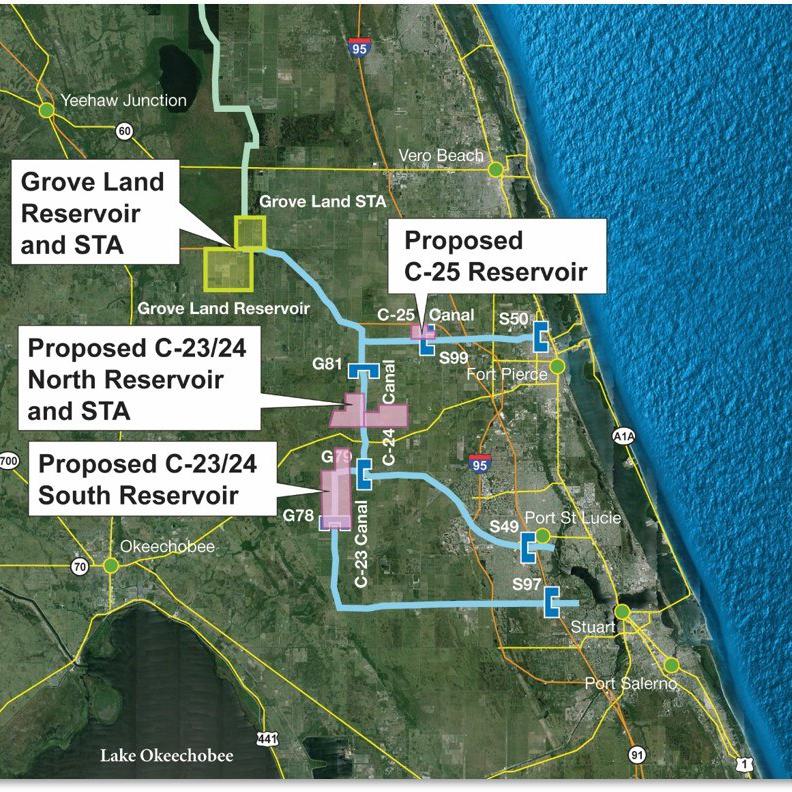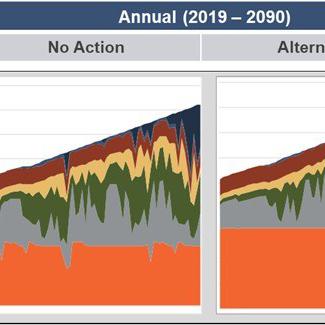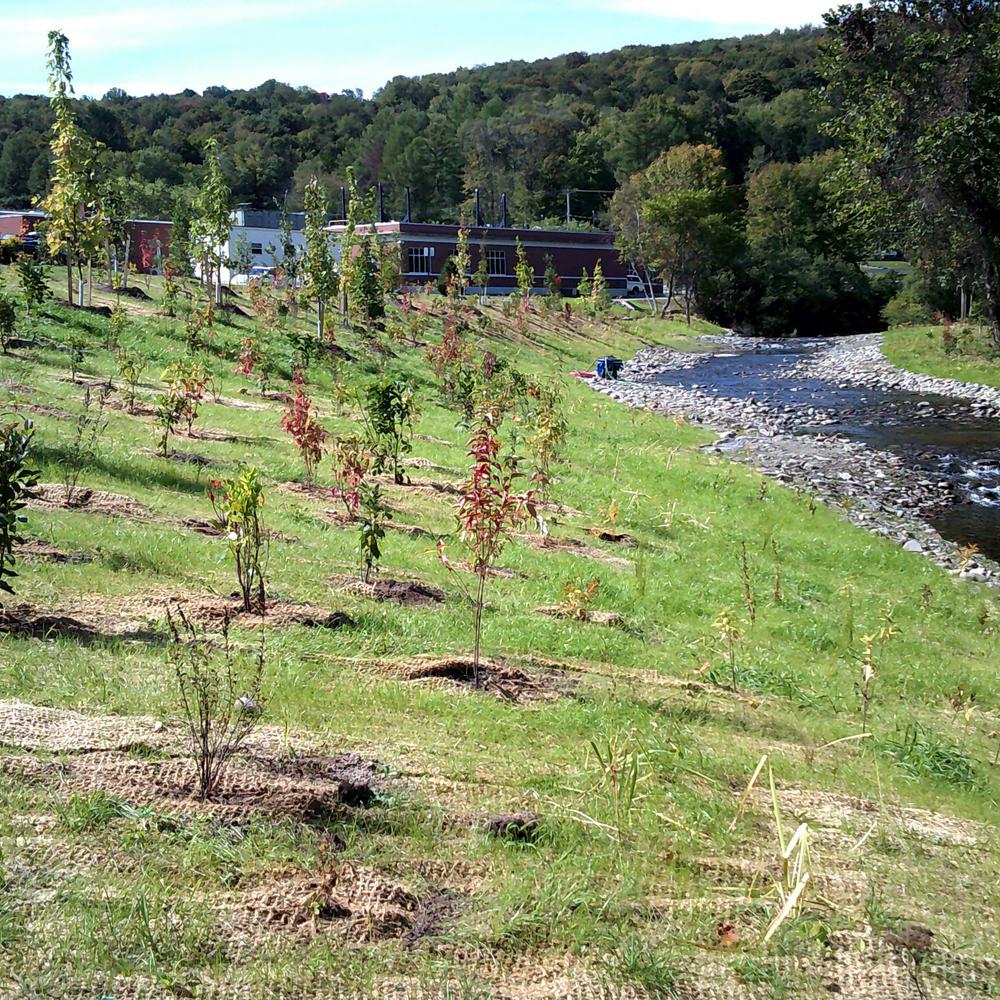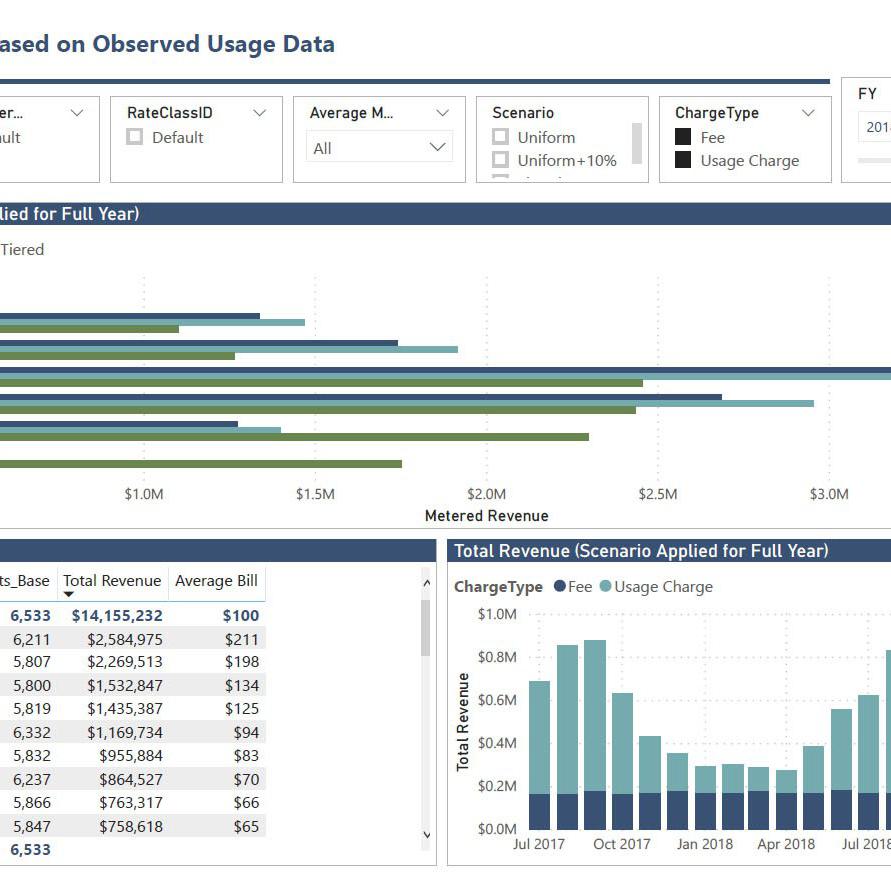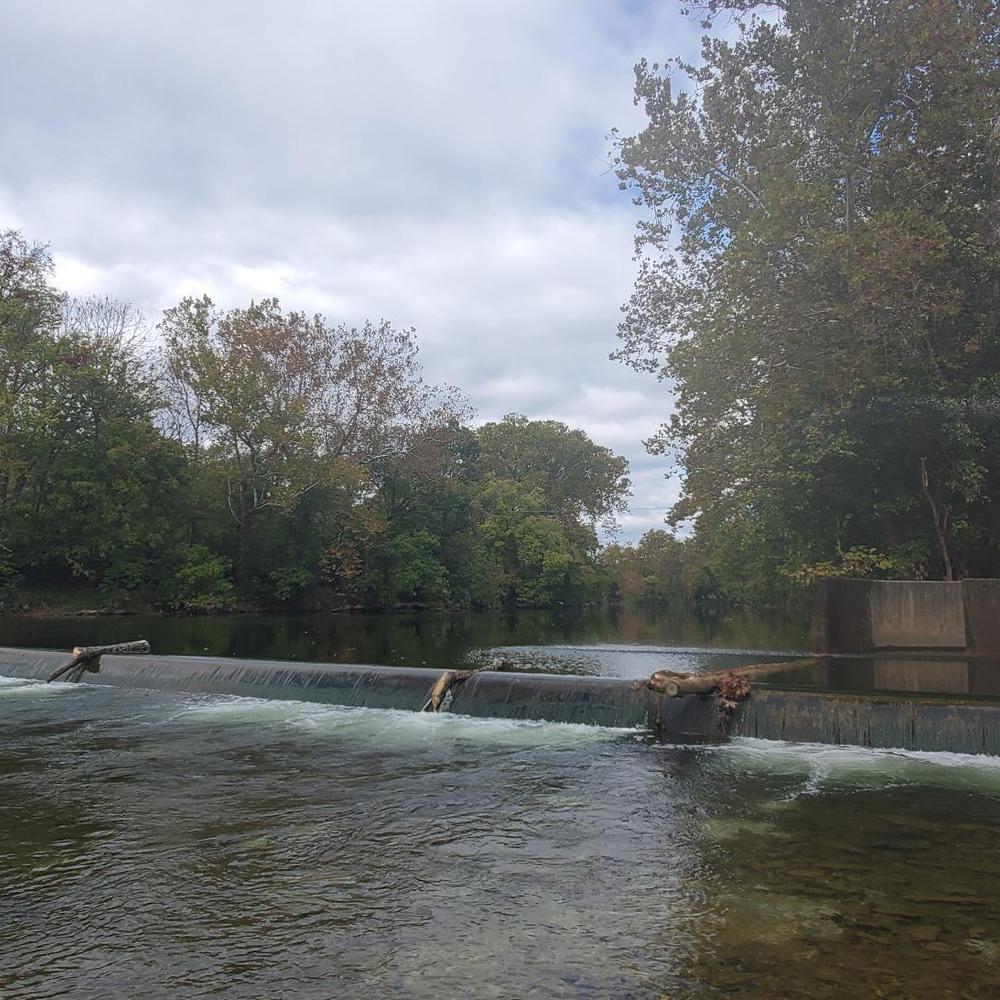Tampa Bay Water Long-Term Demand Forecasting System
Tampa Bay Water commissioned Hazen to develop a long-term demand forecasting system (LTDFS) in the interest of obtaining a better understanding of the likelihood of future supply need and the implications on water supply development options (size and timing).
Long-Term Demand Forecasting
The demand forecasting system enables Tampa Bay Water to make key infrastructure decisions and develop future supply projects to keep pace with growth without overburdening rates.
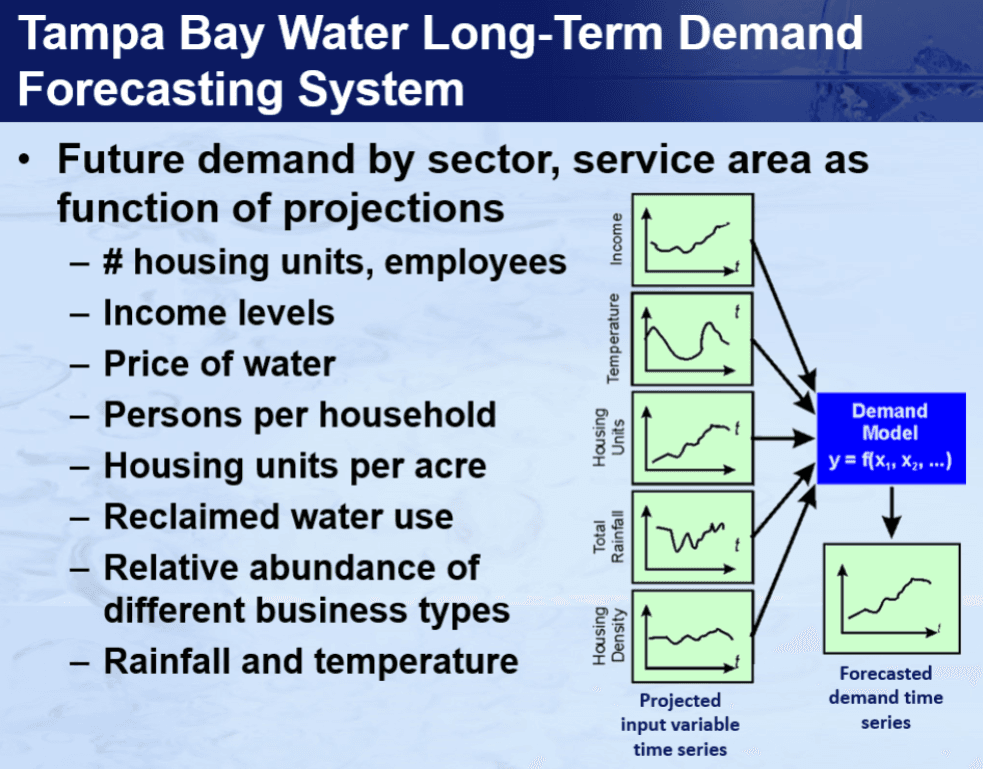
One principal product of this initiative is a regional demand model that calculates potable water demand inclusive of the influence of weather, socioeconomic, policy, and end-use efficiency conditions. This model is combined with projections of socioeconomic growth, weather/policy conditions, and market penetration of high-efficiency water use fixtures to generate forecasts of water demand. In addition, the model is developed on a geographic basis, allowing demand to be forecasted for seven distinct Water Demand Planning Areas in the Tampa Bay Water service area, and on a sectoral basis, allowing demand to be forecasted for three different customer classes (single-family, multifamily, and nonresidential).
Another product of this initiative is an extensive customer, water use, and econometric database to support ongoing model verification, forecast updating, and periodic model redevelopment. This database contains processes to regularly update and archive data for water use, customer accounts, property appraiser, and economic and weather conditions, providing an ever-growing basis for analyzing and forecasting water demand trends not only for the LTDFS itself, but for several other demand management projects. This database supports an annual forecast update and verification process that monitors the predictive performance of demand models as forecast are regenerated.
A third product of this initiative is the development of methods to regularly generate updated forecasts, including point (expected value) and probabilistic (interval) forecasts. These methods provide single-valued and probability-distribution projections for input variables to demand forecasts, allowing resulting forecasts to reflect expected values and possible ranges of these conditions. Probabilistic forecasts are further combined with dynamic models of Tampa Bay Water’s supply system, resulting in forecasts of water supply reliability relative to uncertain demand. These results are critical for establishing water supply reliability targets under both normal weather and drought scenarios and allows for an examination of the risks associated with planning for various capital projects. The probabilistic demand forecast became the foundation for timing and quantity of System Configuration II water supply development.

Jack Kiefer is a nationally recognized expert in issues related to water demand management and planning, particularly in the areas of water demand modeling, forecasting and conservation program evaluation.
Project Outcomes and Benefits
- Sophisticated water demand forecasts reflecting detailed, region-specific relationships with socioeconomic, weather, and technological conditions that govern water use.
- A rich, growing, and continuously-maintained database of customer water use and the conditions that influence that use.
- Understanding of the ranges of possible future demands given uncertainty in driving conditions.
- An ability to incorporate the uncertainty in water demand in supply system models to assess future water supply reliability.
- Transfer of this level of understanding to utility science and planning staff via a staff-extension consulting posture.





